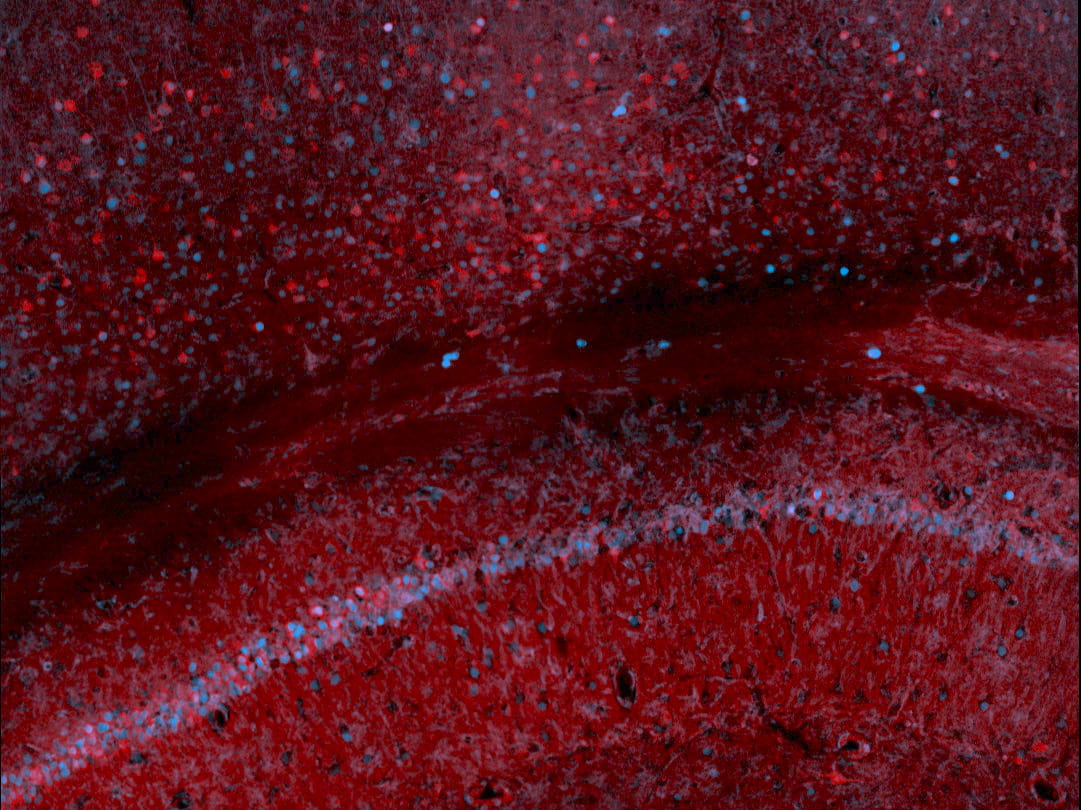The ability to modify or inhibit faulty gene expression in the brain holds great promise for treating neurodegenerative diseases. However, the challenge lies in the fact that the molecular dynamics within the living brain are still not fully understood or accessible, which impedes the development of such therapies.
Currently, the primary method for obtaining detailed molecular information from the brain is through biopsy, a procedure that is both invasive and high-risk.
A new study published in *Science Advances* presents an innovative technology from the Rice University lab led by bioengineer Jerzy Szablowski. This technology, named “Recovery of Markers through InSonation” (REMIS), offers a noninvasive method for assessing gene expression in specific brain regions.
Unlike traditional methods, REMIS enables the measurement of both gene therapy and endogenous gene expression using a relatively simple ultrasound procedure, making it a potentially revolutionary tool for brain-based gene therapy.

REMIS is an advancement of previous work by Szablowski and his team, who developed a platform utilizing released markers of activity (RMAs). The initial RMA technology involved introducing a synthetic gene expression reporter into the brain that produced a detectable protein in the bloodstream, which could be measured with high sensitivity.
However, this method had a limitation: the markers crossed the blood-brain barrier indiscriminately, preventing localization to specific brain regions.
The REMIS technology overcomes this limitation by using ultrasound to control the release of engineered protein markers into the bloodstream from targeted brain areas.
This approach ensures that the markers are only released from specific locations upon ultrasound stimulation, allowing for precise tracking of gene expression and therapy delivery within the brain.
Additionally, REMIS can measure naturally occurring gene expressions, such as c-Fos, a marker of neuronal activity, which broadens its applications beyond gene therapy.
The potential applications of REMIS are substantial, including its use in ongoing clinical trials to explore Parkinson’s disease.
Szablowski’s team is collaborating with Baylor College of Medicine and MD Anderson Cancer Center to use focused ultrasound in patients to release brain proteins into the bloodstream, which may offer new insights into Parkinson’s disease mechanisms.
REMIS also presents a significant advantage in monitoring gene therapy success, providing a noninvasive alternative to methods like PET scans, which require the development of new probes for each therapeutic application.
